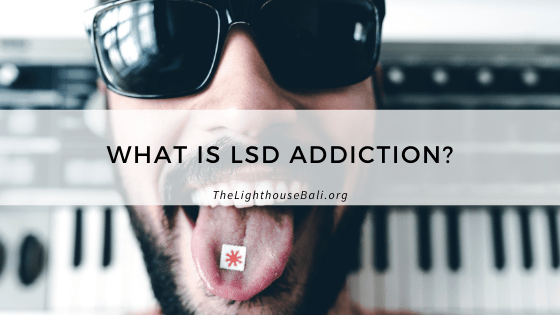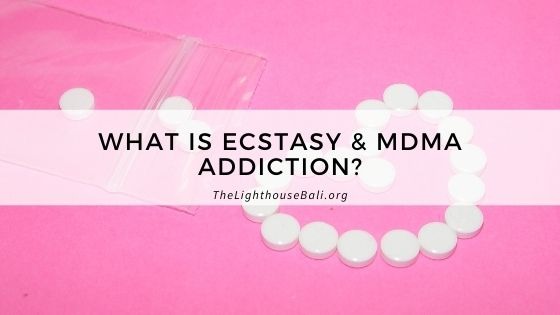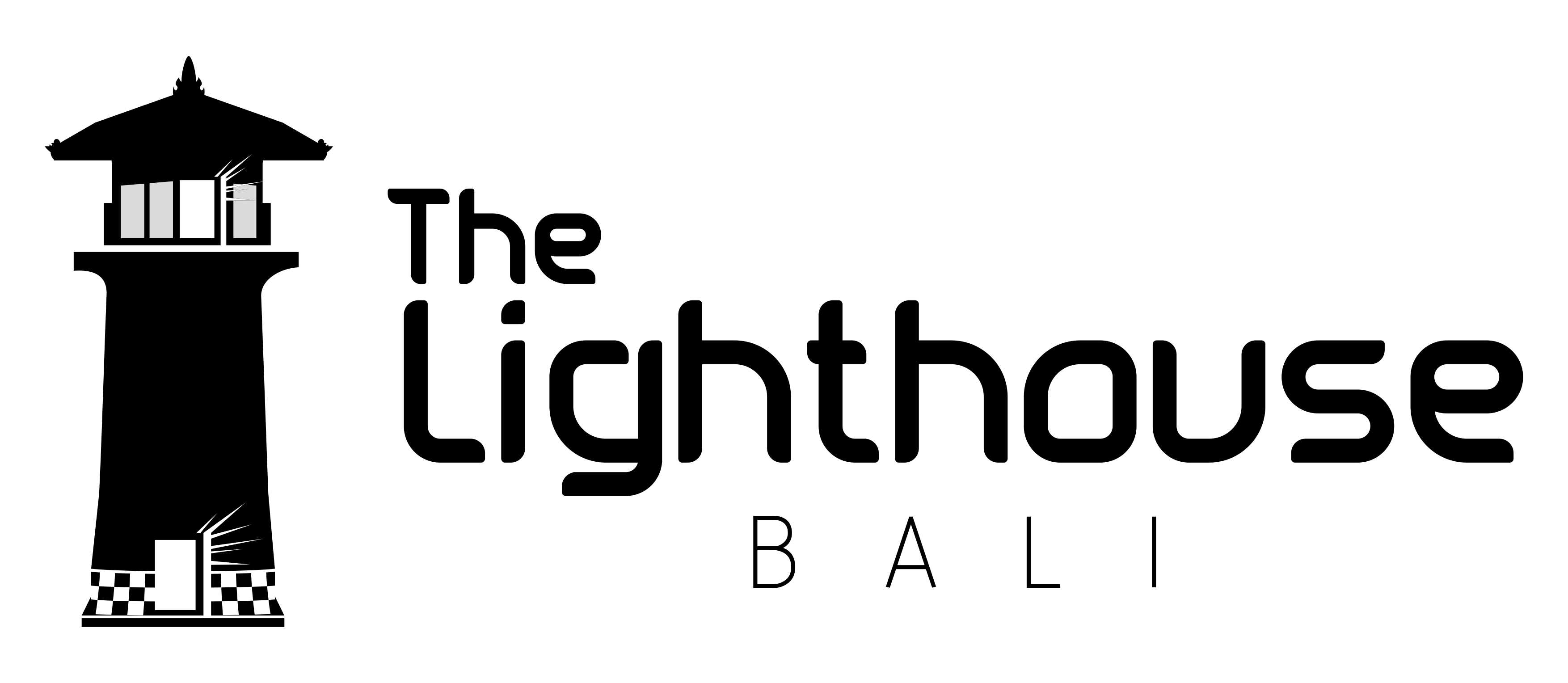10 Common Relapse Triggers for Addiction during COVID-19

For those in active addiction, the coronavirus pandemic has exacerbated issues or forced hidden issues to light, while making some addiction treatment services difficult to access. For those people living in recovery from addiction, COVID-19 quarantines and isolation have made recovery difficult, cutting them off from connection, meetings or supportive services.
What Is LSD Addiction?

Lysergic acid diethylamide, commonly referred to as “LSD” or “acid,” is a psychedelic hallucinogen that produces changes in perception, sense of time and space and emotions. LSD is active at very small doses (around 20 micrograms). The drug is most commonly taken orally, in the form of tablets, droplets, or most commonly blotter paper that is absorbed on the tongue and swallowed.
Although LSD is considered to be a non-addictive drug, users often become addicted to the sights, sounds, and revelations they experience while under the influence, also called “tripping.” Users can develop both a tolerance and a psychological dependence to psychedelic drugs like LSD. There have been documented cases of prolonged, intense use causing negative side effects such as paranoia or psychosis.
What Is Ecstasy & MDMA Addiction?

Ecstasy is the street name for a version of MDMA, chemically known as methylenedioxy-methamphetamine. It is an illegal, synthetic drug classified as a stimulant with potentially hallucinogenic properties. Molly is another name for MDMA. Both ecstasy and molly are made from MDMA, but ecstasy is used to describe a ‘designer’ version in pill or tablet form, while molly is the name used for the white powder or crystal-like substance.
Although molly is marketed as a pure form of MDMA, because it is a white powder there is no way to tell if it is actually pure or if it has been ‘cut’ (mixed with) other substances, which can commonly include:
Cocaine
LSD
Heroin
Amphetamine
Caffeine
Rat poison
What Is Alcohol Addiction?

Alcohol is a legal, controlled substance that lowers anxiety and inhibitions. It also has a broad range of side effects, from loss of coordination to slurred speech. Not everyone who drinks is an alcoholic, but anyone whose life is negatively affected by alcohol on a consistent basis is considered to have an alcohol use disorder. Alcohol is commonly consumed as a drink in various forms, including beer, wine and hard liquor.
What Is Oxycodone Addiction?

Oxycodone, as found in OxyContin, Roxicodone or Percocet, is a powerful opioid painkiller. It is one of the most commonly abused prescription drugs in the United States (2019 Government Health Statistics) and many other countries around the world.
Many people who abuse oxycodone start out taking a prescribed amount—but as their body develops a tolerance to the drug, they need a higher dose to maintain the same relief or high.
The transition from use to abuse to addiction can be a quick and dangerous road. Oxycodone is a powerful drug and offers much-needed relief to many people struggling with painful or terminal conditions; as such, it can be hard to stay in control.
Oxycodone addiction is a very serious condition – not only is it an expensive and debilitating addiction, overdose from oxycodone is a very real—and potentially deadly—possibility.
What Is Morphine Addiction?

Morphine is an opiate drug prescribed by a physician to relieve severe pain. Morphine takes its name from Morpheus, the Greek god of dreams, due to its euphoric properties which are often described by users as a dreamlike state. The drug can be taken in the form of a tablet, syrup, injection or smoked.
Morphine has the potential to be highly addictive, as tolerance to it develops rapidly. In the United States, morphine is listed as a Schedule II drug that is used to treat moderate, severe, and chronic pain. It is also used for pain relief after major surgeries, treatment for cancer-related pain, and shortness of breath at the end of a patient’s life.
What Is Benzodiazepine Addiction?

Ketamine has hallucinogenic and sedating effects, which produce an out of body experience (dissociative) in which the user feels detached from themselves and reality. A ketamine user’s perceptions of sight and sound can often be distorted, making it difficult for them to move. For this reason, and because it is odourless and colourless, it has been used as a ‘date rape’ drug. In some extreme cases users have reported feeling a ‘near death’ experience while others have experienced feelings of ‘complete bliss’.
What Is Ketamine Addiction?

Ketamine has hallucinogenic and sedating effects, which produce an out of body experience (dissociative) in which the user feels detached from themselves and reality. A ketamine user’s perceptions of sight and sound can often be distorted, making it difficult for them to move. For this reason, and because it is odourless and colourless, it has been used as a ‘date rape’ drug. In some extreme cases users have reported feeling a ‘near death’ experience while others have experienced feelings of ‘complete bliss’.
What Is Fentanyl Addiction?

Fentanyl is an opioid pain reliever which is between 50 and 100 time stronger than morphine. Fentanyl is a synthetic pharmaceutical drug that is legally available by prescription from a doctor.
Fentanyl is used to treat patients who are in severe pain, such as after surgery, during cancer treatment or when a patient is experiencing breakthrough pain (a flareup of intense pain that ‘breaks through’ whatever narcotic pain relief the patient is already taking). It is also used as part of general anaesthetic or conscious sedation during surgery or painful medical procedure.
What Is Marijuana Addiction?

Marijuana is a psychoactive drug that alters perception. Marijuana contains tetrahydrocannabinol (THC), which is the chemical compound that causes the drug’s effects. The effects of marijuana may be different for everyone and depend on how it is consumed. Smoking marijuana produces a faster, shorter-lived high than taking it orally.
